10+ Sugar Detox Tips for 2024 (No Withdrawal)
This article shares ten tips for how to do a sugar detox and live sugar-free. Learn how to kick the sugar habit to improve your health and mindset. These tips can make it easier to cut back on sugar without withdrawal symptoms and cravings.
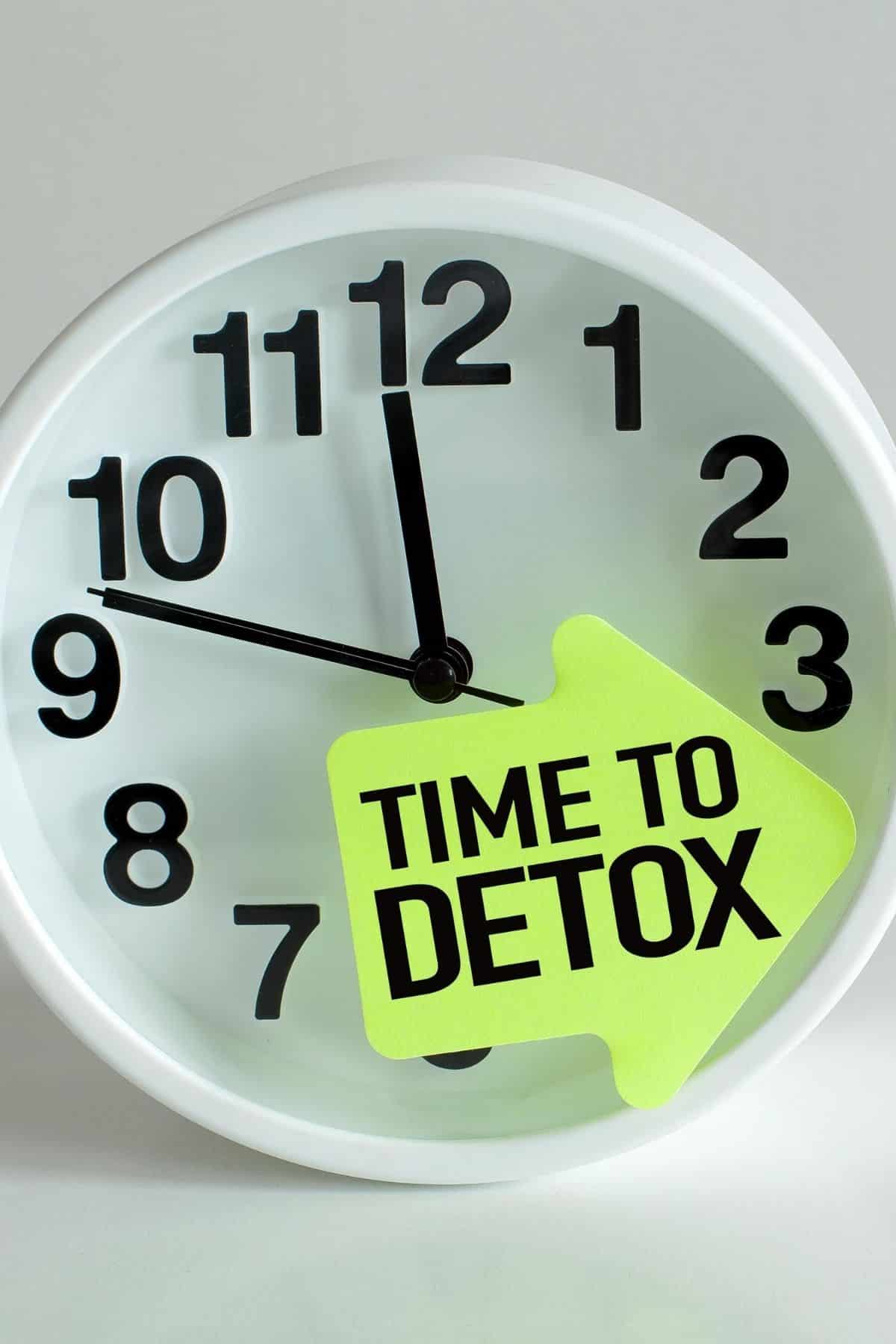
Why Do a Sugar Detox?
The most important reason you need a sugar detox is because sugar is an addictive substance. A detox from sweets can potentially help you rewire your brain and break an addiction.
You don’t have to be a sugar addict to want a break from sugar or to reduce your sugar intake. If you think you’re eating too much refined sugars and want a break, doing a sugar detox can help.
Sugar Detox Plan: Getting Ready
It’s best to make a plan for going sugar free. If you have a plan in place, you won’t feel as overwhelmed or confused – especially once any sugar detox symptoms start!
First, set a timeframe for when you want to quit refined sugars and for how long you want to abstain. Plan to go sugar-free for at least 7-10 days. Commit to a time period when you are going to go cold turkey and eliminate any added, refined, artificial, or natural sugars.
An alternative is to take incremental steps over a longer period, say 30 days, to reduce sugar from your diet.
The idea is that you set a target of how long you want to take to break your sugar habit.
You’ll also need some time before you go sugar-free to make sure that you’ve removed sugary foods from your house and that your kitchen is stocked with lots of sugar-free foods. See my guide for the best no-sugar foods.
The next step is to make behavioral changes to keep you from turning to sweets. You’ll see several nutrition and lifestyle tips below that can help break your cravings.
Sugar Detox Tips
Once you’ve made the commitment to go sugar-free, there are some tips to help make your sugar detox easier and more bearable with too many sugar withdrawal symptoms or cravings.
While it can be really hard for the first few days to go without sugar, you should start to feel better by the 3rd or 4th day.
And, of course, please do consult your healthcare provider before starting any diet or lifestyle change to make sure that quitting sugar is right for you. And, if you believe that you have a sugar addiction, it may be wise to consult a licensed therapist who specializes in food addiction.
1. Quit Soda & Drink More Water
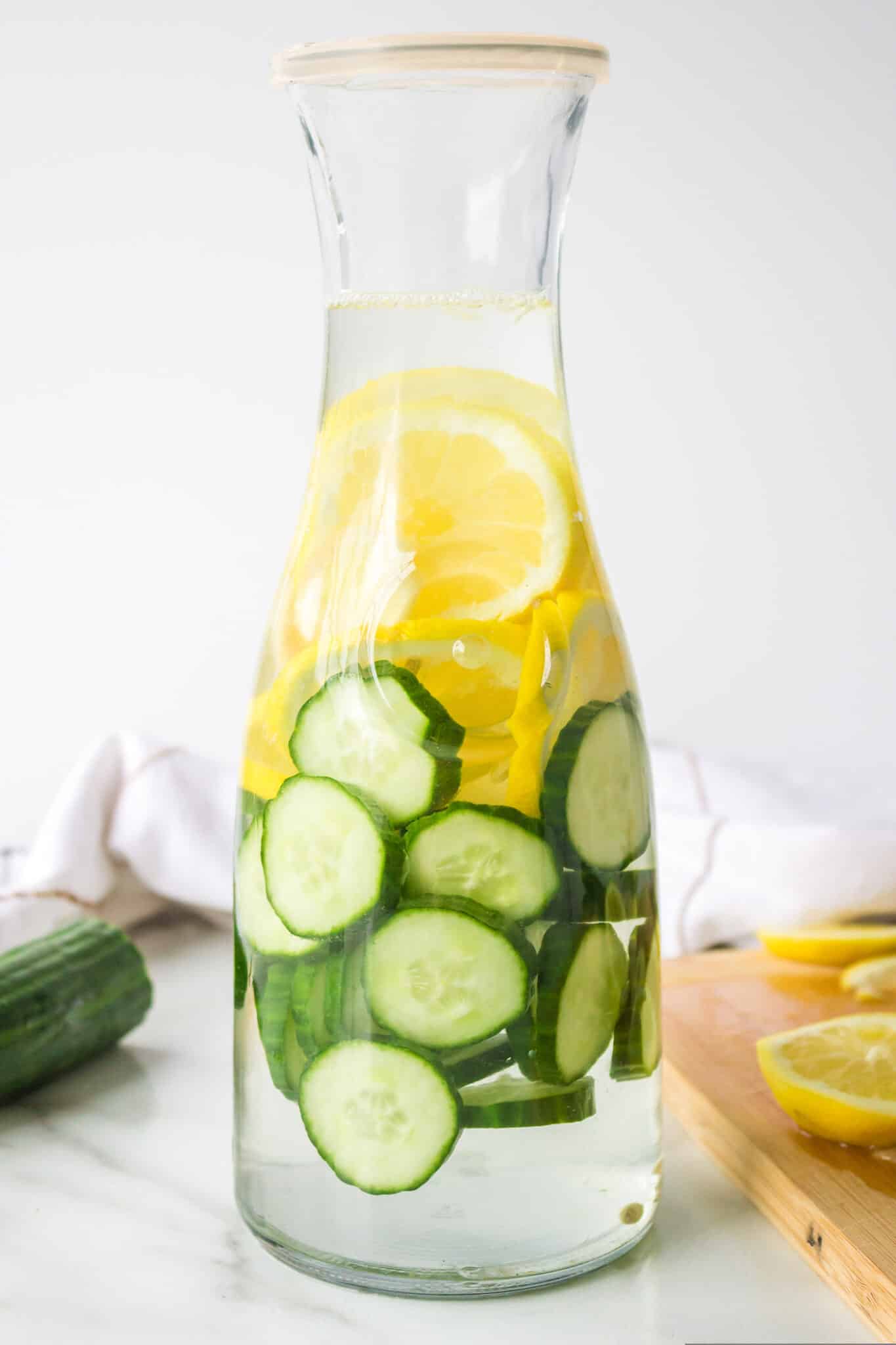
One of the best ways to kickstart your sugar detox is to quit your soda habit. Replace both regular soda and diet soda with sparkling water, unsweetened herbal tea, or plain water.
Regular soda has anywhere from 20-48 grams of sugar per eight-ounce serving (and most cans are more than eight ounces). Diet sodas aren’t necessarily a great alternative to regular sodas, either, since scientists think there are some health risks with diet sodas too.
Instead of consuming soda, sugary drinks, or any type of sugar-sweetened beverage, it’s probably best to switch to hydrating beverages like water.
Water is essential for so many reasons, but it is also very much tied to our detoxification system and other health benefits.
You can make water more interesting by adding lemon slices, cucumber slices, or try sparkling mineral water. Check out these recipes for Lemon Cinnamon Water or Apple Cider Vinegar Weight Loss Drink.
If you want something even more nutritious and hydrating, try a homemade sugar-free juice like Celery Juice, Beet Juice, or Celery Cucumber Juice.
2. Increase Healthy Fat Intake
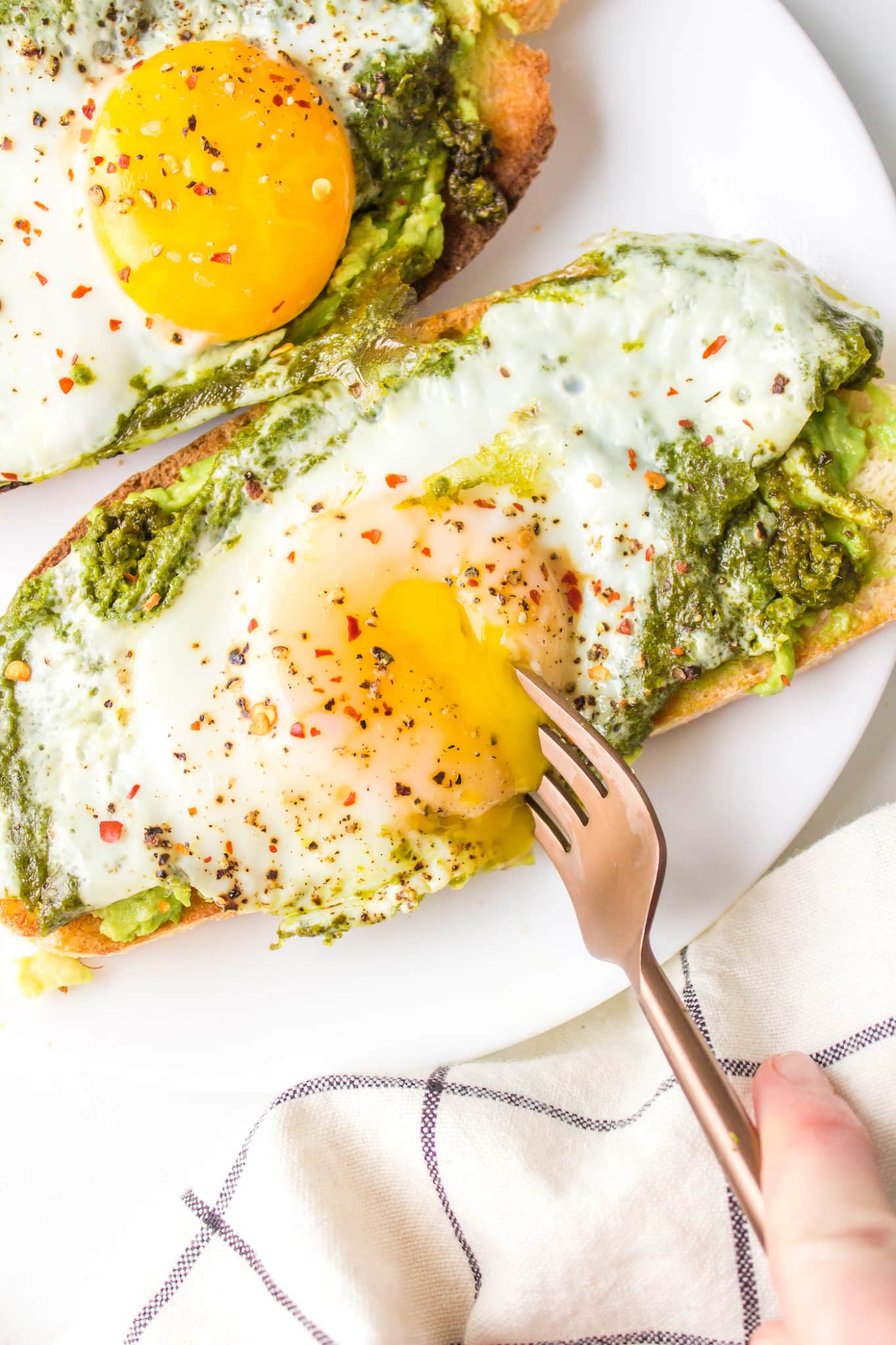
Another great step to take in your sugar detox is to increase your intake of healthy fats. This change can help reduce your cravings for sugary foods. See my full list of ways to reduce sugar cravings.
Healthy fats include avocado, unsweetened coconut products, grass-fed butter or ghee (unless you have a dairy allergy), and nuts and seeds. Aim for 1-2 tablespoons of healthy fat with each meal.
Increasing your fat intake may be the best way to help reduce your cravings for sweet foods. Fats are essential for overall health and are very satiating to the taste buds. Eating more fat overall can reduce your sweet tooth and can help you make better choices.
3. Consider Glutamine
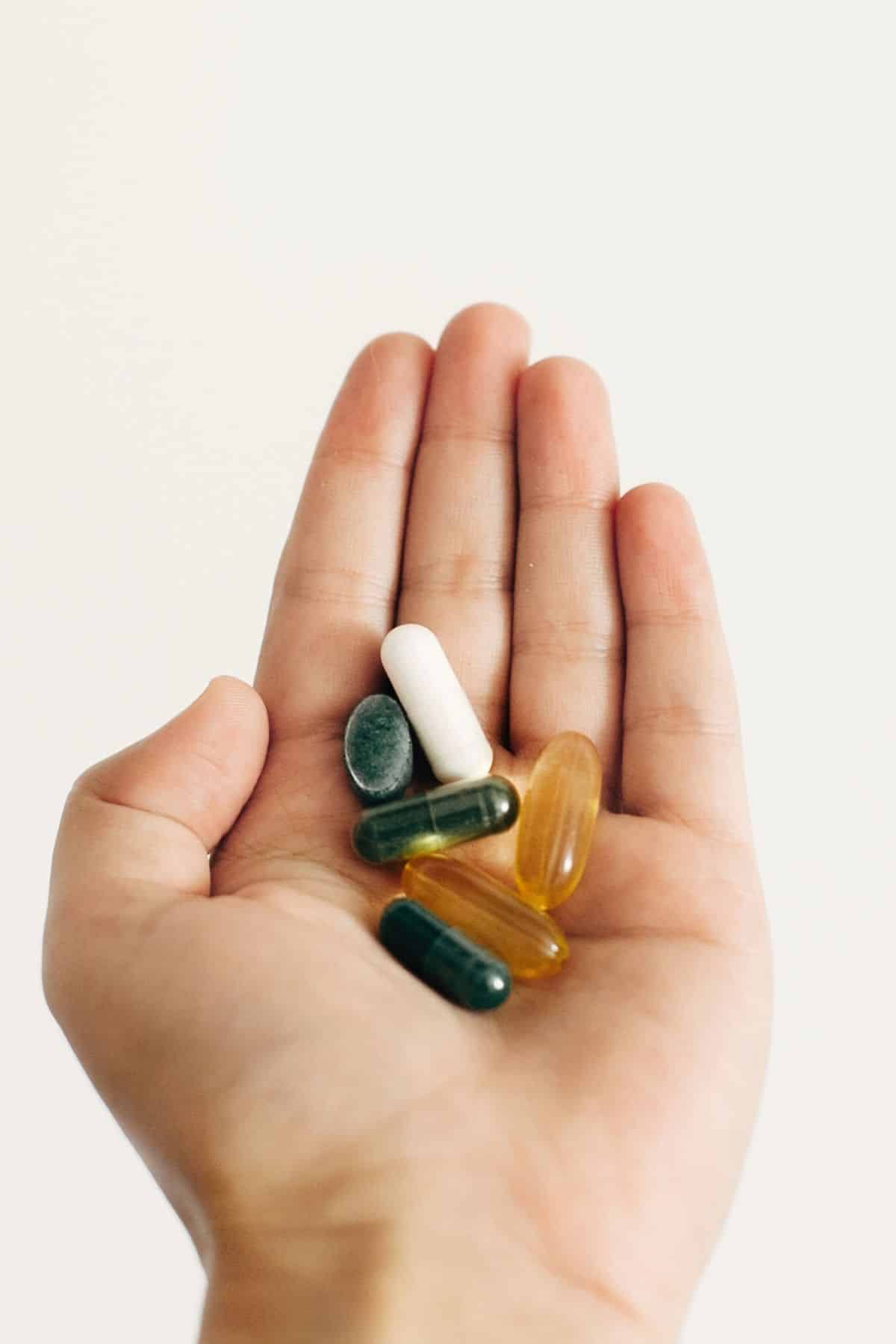
The third tip to help with your sugar detox is to consider taking a glutamine supplement, especially in the late afternoon when sugar cravings might hit. Glutamine is an amino acid found in protein.
Due to our food supply and the standard American diet, many of us are low in neurotransmitters and nutrients such as glutamine. Supplementing with glutamine can help combat hypoglycemia and regulate blood sugars.
4. Choose Fresh Fruit
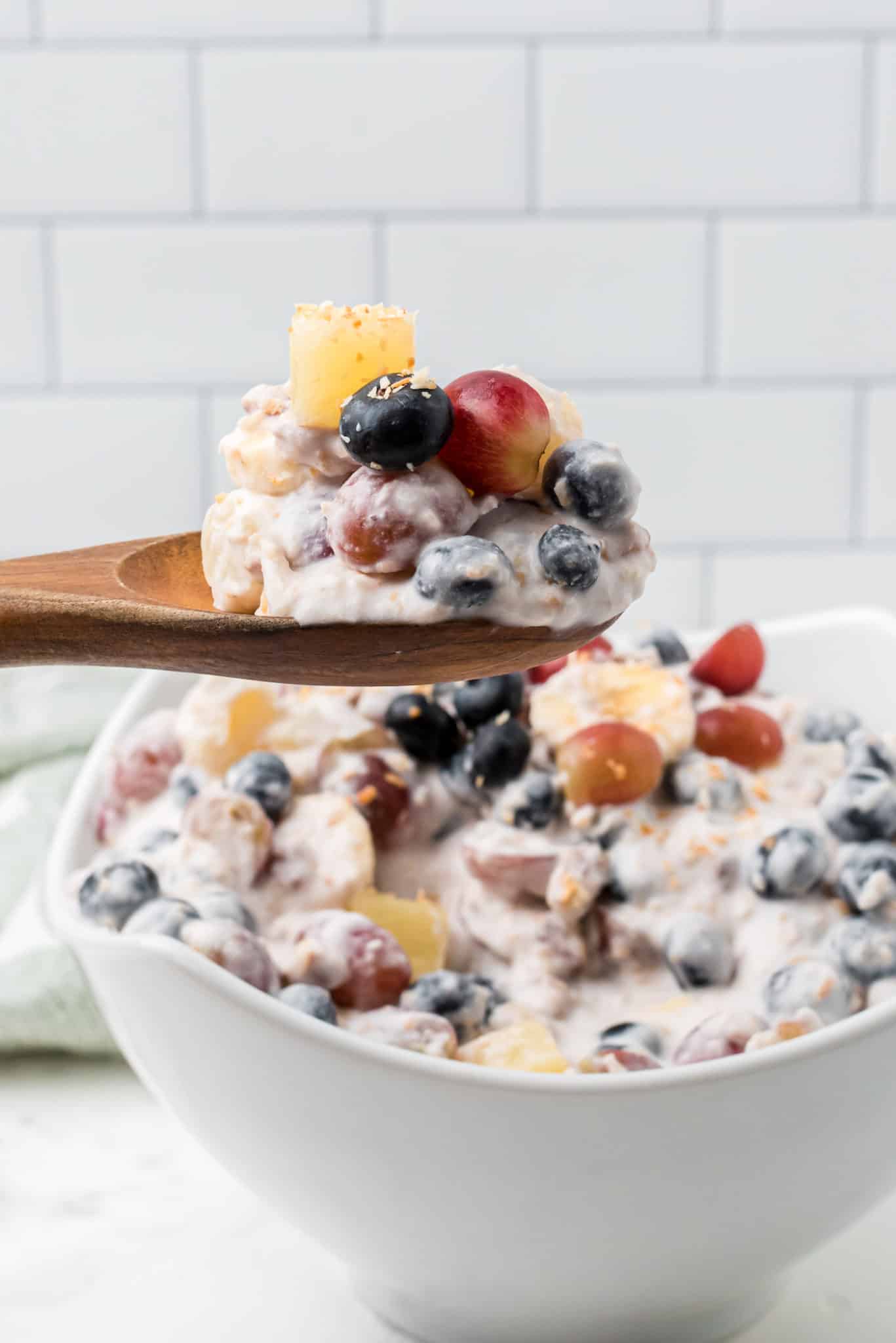
Replace sugary desserts with fresh fruits to help support your detox from sweets. If your default habit is to reach for sweets like ice cream after your meal, try weaning yourself off of desserts by replacing them with fresh fruit.
Fruit has natural sugars, but it also contains nutrients and fiber to help slow the absorption into your bloodstream. Fruit can be a healthy alternative to dessert, especially antioxidant-rich, low-sugar fruit like berries.
If you’re truly detoxing from sugar and want to avoid even natural sugars during your detox, then you might want to avoid fruit for a limited time. Most people should consume at least 1-2 servings of fresh fruit a day as part of a balanced diet.
In the summer months, try frozen grapes or frozen blueberries for a refreshing natural treat. You can also try my recipe for Ambrosia Salad which is naturally sweetened. If you are pre-diabetic or diabetic, stick with low-sugar fruits like berries or green apples.
Learn more about natural sugars vs. added sugars.
5. Eat More Protein
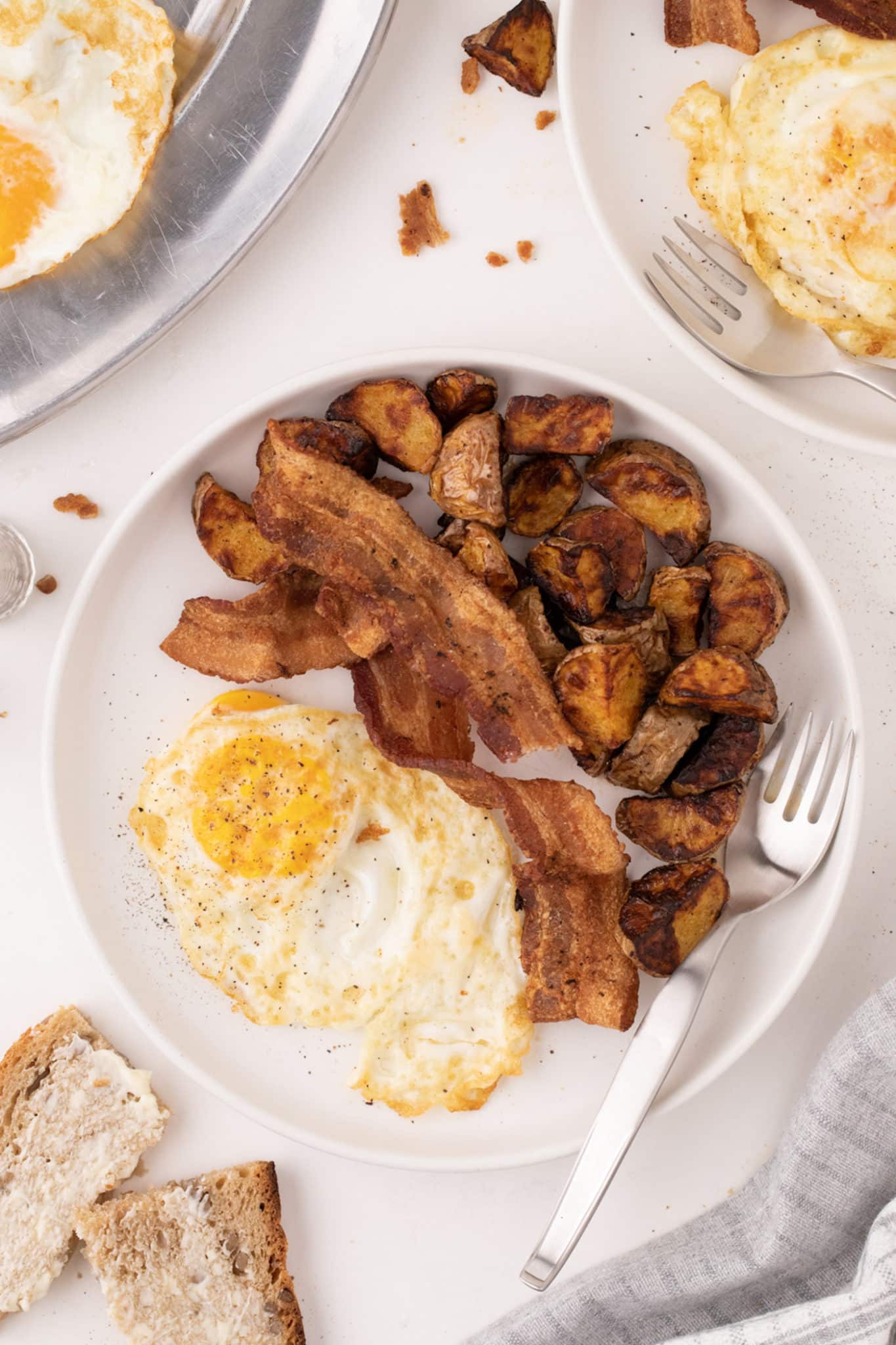
Make sure you’re eating enough protein at breakfast. Eating enough protein with your morning meal has been shown to help with weight loss and satiety.
What you eat at breakfast also influences what you eat for the rest of the day. If you break your overnight fast with sugar and carbohydrates instead of protein or fat, you will set yourself up for a blood sugar roller coaster and cravings for the rest of the day.
Try a recipe like Overnight Protein Oats, or add a scoop or two of these clean protein powders to your next smoothie. Or, try eating lean proteins like chicken sausage and eggs for breakfast and see if it helps reduce your cravings for a sweet treat.
Try these recipes for a Creamy Detox Smoothie or this Anti-Cancer Green Breakfast Smoothie. I also have a Strawberry Protein Smoothie that includes 25 grams of protein to start the day.
Eating enough protein is also part of my healthy weight loss tips for women.
6. Eat More Complex Carbs

Unless your doctor has advised it, there’s no need to completely lower or cut out carbohydrates even if you’re watching sweets. It is the refined, simple carbohydrates like pasta, bread, and sugar can spike and crash your blood sugar.
On the other hand, starchy vegetables like sweet potato and winter squashes provide you with a nutrient-dense source of carbohydrates. Sprinkling a baked sweet potato with cinnamon tastes like a treat, but provides you with stable blood sugar from the complex carbs and the cinnamon.
So, choose complex carbs like sweet potato and butternut squash when you’re detoxing from sugar. Don’t forget to eat your veggies, too. Remember, real foods are healthy foods!
Craving bread? See my list of the best bread alternatives, especially if you are on a low-carb diet.
You may also want to check out these complex carb recipes recipes for Instant Pot Chicken and Sweet Potatoes, Instant Pot Mashed Sweet Potatoes, or Air Fryer Sweet Potato Cubes.
See my list of the best gluten-free carbs. And, don’t miss my guide on how to freeze sweet potatoes.
7. Choose Healthy Snacks
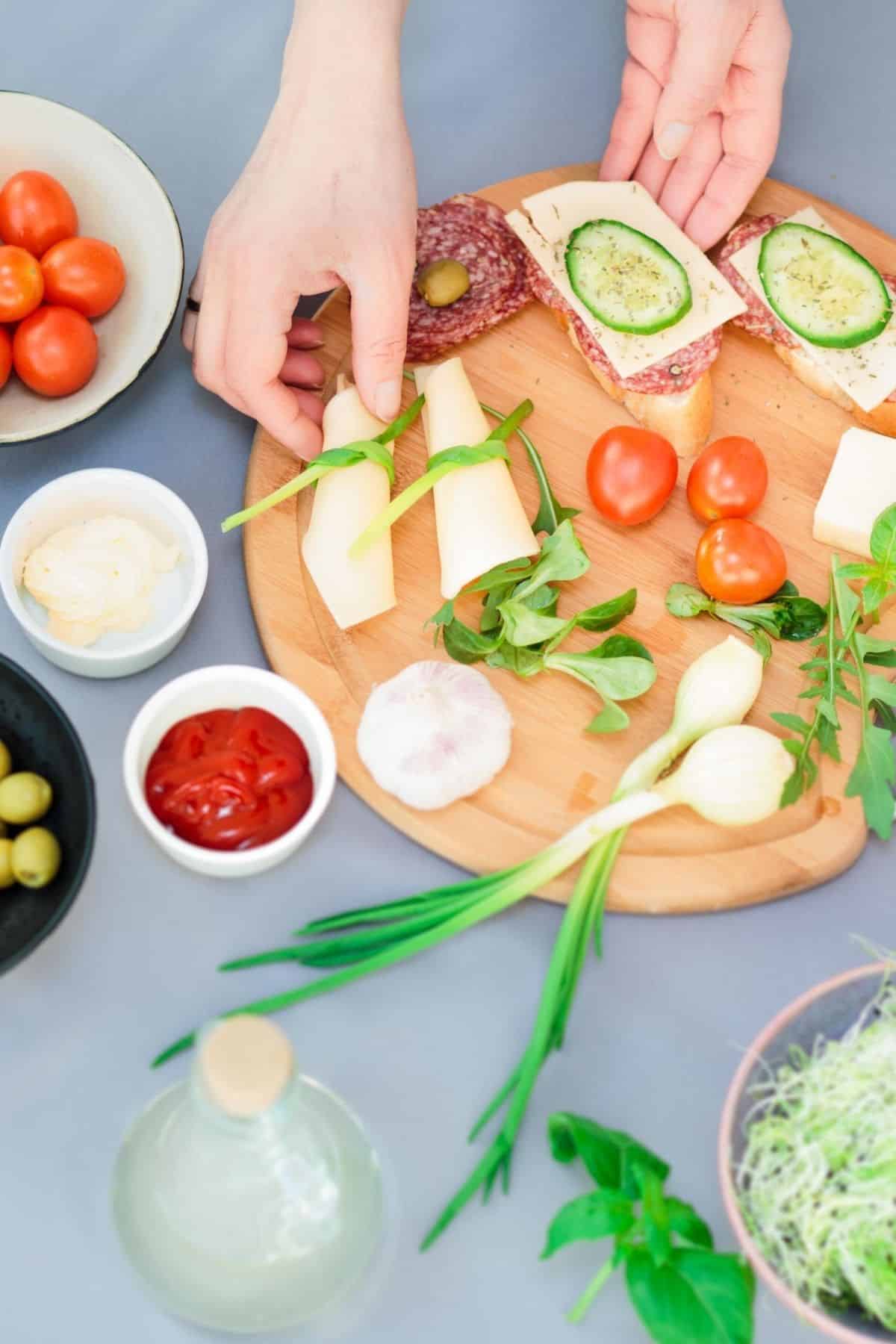
Have an abundance of healthy snacks ready during your sugar detox.
If you stay prepared with healthy, low-sugar snacks, you won’t need to reach for the packaged goods and sugary treats.
Having healthy snacks on hand also helps you if you notice cravings creeping up during your detox.
Healthy snacks without too much sugar include:
- celery sticks with nut or seed butter
- hard-boiled eggs or deviled eggs
- greek yogurt or coconut yogurt with blueberries
- almond flour crackers with almond butter
- sugar-free turkey or beef jerky
- smoked salmon on a gluten-free cracker with regular or dairy-free cream cheese
- olives
- smoothies made with protein powder
See my entire list of healthy clean eating snacks. Try to avoid fruit juice or anything made with artificial sweeteners as you are doing your sugar detox.
8. Manage Stress

Stress can cause you to crave hyperpalatable foods such as sugary snacks. Stress also depletes your body of important nutrients like magnesium and B-vitamins, which can drive cravings.
It’s important to get support to help manage stress during your detox.
Make an appointment with a health coach or a functional health practitioner to make sure you get the support you need. Or, grab a buddy who can do the detox with you.
You can also join my Sugar Free Challenge that I host every month. It’s free to join and you will find tons of support and resources there.
Another way to manage stress during a diet change is to do light exercise. I personally love doing mat pilates or reformer pilates (see my article about the benefits of pilates).
Aim for natural, daily movement like walks outside or taking the stairs instead of the elevator. If it’s appropriate for you, a few sessions in the gym a week can help you eliminate toxins via sweating (a sauna is great for this, as well).
Stress hormones can also lead to other health issues like heart disease and weight gain, so it’s a good idea to learn how to manage stressors in general.
9. Get Enough Sleep

Sleep deprivation can lead to cravings for calorically dense foods, which most often include those high in sugar.
A single night of poor or insufficient sleep can reduce insulin sensitivity the next day. This can make your blood sugar less stable and you more prone to crave sweets and carbohydrates to keep your blood sugar up.
So, even now more than ever, prioritize sleep while you’re doing a sugar detox to help your body reduce symptoms and feel better.
10. Don’t Skip Meals
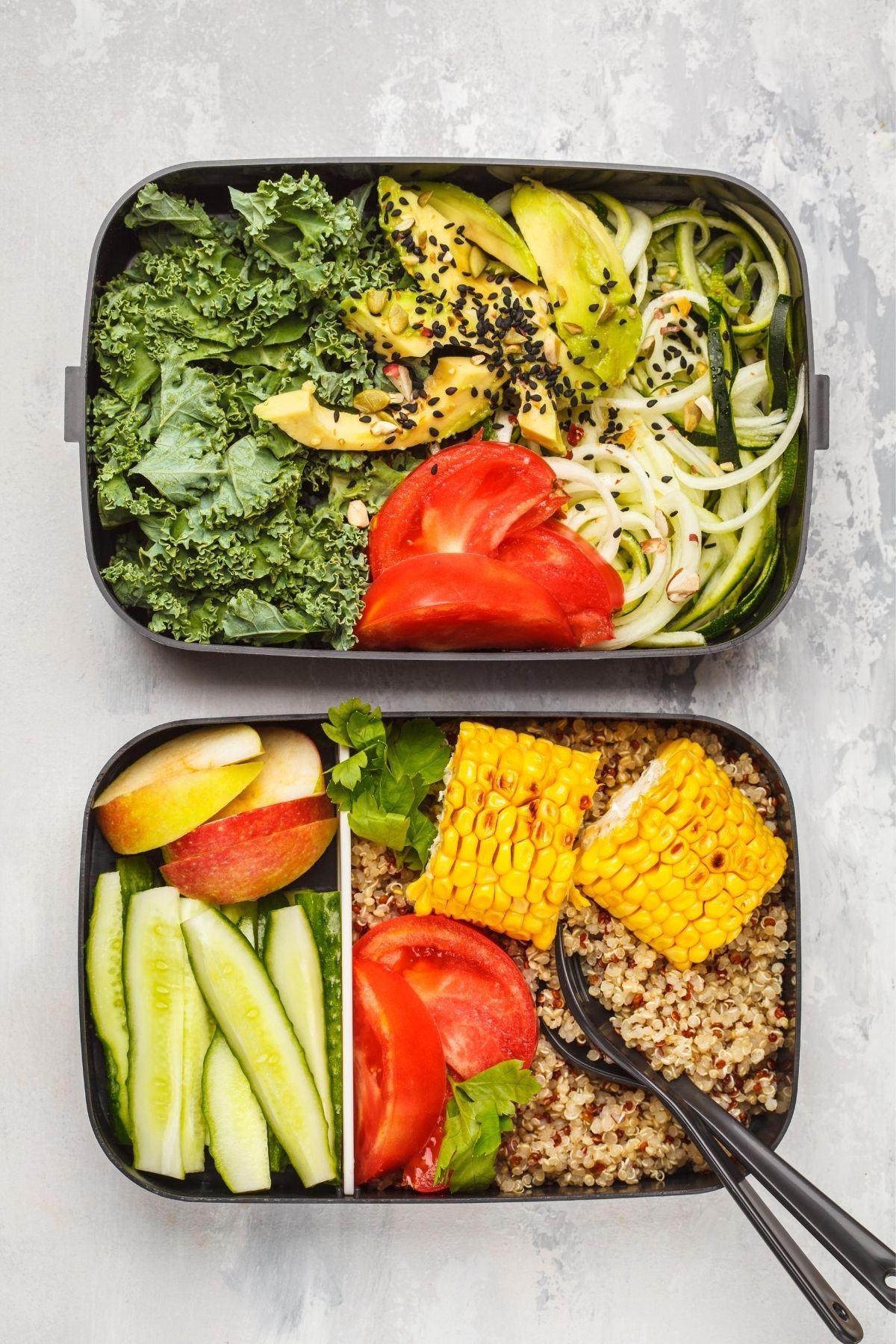
If you’re trying to get off sugar, this is not the best time to introduce intermittent fasting. Your body will be going through a slight period of stress as you retrain it to stop craving sugar, and intermittent fasting can also be a stressor on the body.
In addition, unless you’re fasting purposefully and safely, skipping meals will drop your blood sugar and make you crave sweets and carbohydrates to bring it up again.
Plan to eat 3 balanced meals throughout the day and allow for 1-3 sugar-free snacks if you get hungry between meals.
Ideally, you would do some meal prepping during your sugar detox to help keep your meals consistent and balanced. See my list of the best meal prep tips for beginners.
Bonus: Set an Intention and Practice Self-Care
Going sugar-free is not easy, especially if you’ve used sugar for energy or comfort. One way to stick with your goal of going sugar-free is to set a goal or intention.
Rather than trying to lose weight or look a certain way, focus on how you want to feel. Are you trying to get rid of symptoms like bloating or joint pain? Or, do you want to sleep better or have more energy?
These types of goals can be motivating when your motivation starts to wane after a few days. Set your goal, write it down, and celebrate when you reach it!
Additionally, it’s important to practice extra self-care when you are detoxing from sugar. Your body and mind will be going through a lot, so you need to be extra kind to yourself.
Schedule a chat with a friend, go for a massage, take a bath, or read a new book. You are doing hard work and you should take good care of yourself while you’re going through this change.
Sugar Detox FAQs
When you’re cutting out sweets, you shouldn’t feel restricted with your overall diet. Stick to a whole foods, clean eating diet high in satiating fat and protein and incorporate detoxifying foods. Focus on high quality lean protein, anti-inflammatory fats like avocado and coconut oil, and plenty of veggies. See my entire list of clean eating foods.
Aim to fill half your plate with non-starchy vegetables such as leafy greens. Vegetables and leafy greens are amazing for detoxification and provide your body with essential vitamins and minerals that were depleted by sugar consumption. Roasting vegetables in coconut oil and cinnamon naturally brings out a sweeter taste and stabilizes blood sugar.
Yes! But be mindful of your intake and the source of carbs. Avoid simple and processed carbs like bread, pasta, sweet treats, and processed snacks. Instead, eat moderate servings of starchy vegetables, legumes, or whole grains and pair with fat and protein to keep blood sugar levels stable.
As your body releases toxins when you go sugar-free, it can make you feel worse before you feel better. Remember that you could be breaking an addiction, and may experience withdrawal symptoms. Possible symptoms include headache and intense cravings. If symptoms become serious, consult your healthcare provider immediately.
If you support your body during this period, you can get through it more smoothly. Incorporate gentle detoxing routines like sweating it out in a sauna, drinking plenty of water, and doing daily movement. Combine detox and self-care by taking an Epsom salt bath, dry brushing, and doing a clay face mask.
Yes, but it’s wise to stick with unrefined sugars or natural sugars from whole foods like fruit. If you go back to eating refined sugars, then the dependency cycle and cravings may start all over again. See my article on the differences between natural sugars and added sugars.
Maybe, but that is not the primary goal. The goal of a sugar detox should first be to reduce your cravings for sugar and to move forward with less dependence on refined sugars.
If you are having trouble losing weight, then be sure to check out my articles on the reasons why you can’t lose weight.
In my experience working with hundreds of people through my Sugar Free Challenge, it takes about 3 days for any detox symptoms to subside. Detox symptoms from sugar can include everything from fatigue, headaches, intense cravings, hunger, and irritability.
More Sugar-Free Resources You Might Like
I’ve been writing about sugar-free diets for a few years now. Here are some other related articles that you might like.
- Best No Sugar Foods
- Best Sugar Substitutes
- No Sugar Diet
- No Sugar Diet Meal Plan
- Sugar-Free Diet Benefits
See my index of sugar-free recipes and consider joining my Sugar Free Challenge!
Don’t Miss These Sugar-Free Recipes!
Conclusions
While a sugar detox sounds extreme, it can be a great way to cut out your intake of refined sugars and move toward a cleaner diet. It’s important that you do what works best for your lifestyle and body, but cutting back on sugar will likely benefit your health. Read more about how to go sugar free.
Join my Monthly Sugar Free Challenge or check out my other Sugar Free Articles & Recipes!
Don’t forget to join my newsletter list to get exclusive clean eating recipes and tips. The newsletter is 100% free with no spam; unsubscribe anytime.
About the Author: Carrie Forrest has a master’s degree in public health with a specialty in nutrition. She is a top wellness and food blogger with nearly 10 million annual visitors to her site. Carrie has an incredible story of recovery from chronic illness and is passionate about helping other women transform their health. Send Carrie a message through her contact form.
Note: this post is for informational purposes only and is not intended as medical advice. Please consult your healthcare provider for recommendations related to your individual situation.


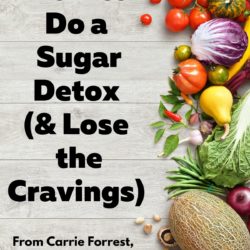
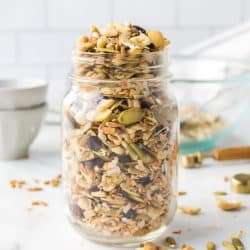
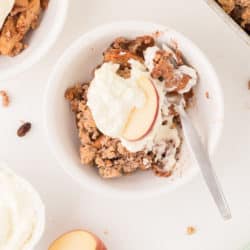




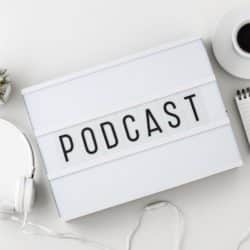


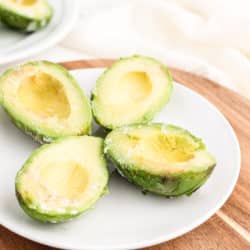
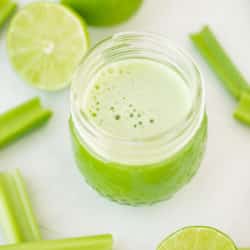

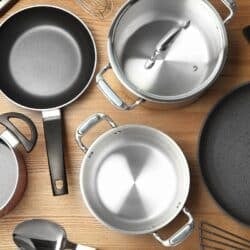


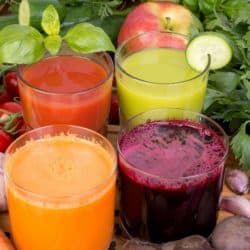


I thought I was immune from a sugar addiction. Was I wrong! I never ate many sweets. And I like spicy food much more. My mom is originally from England . So at Christmas, Easter or other holidays we make traditional British treats. I never had a problem before. One Christmas season the cravings started. Shortly after eating a treat I wanted one and then another. I would sneak them so my mom and sister wouldn’t notice. I would then make more so they wouldn’t know how many were gone.This went on until after New Years Day. I had to just quit cold turkey. And it was hard. I’m not sure how long it took for the desire to go away. Or why the cravings even started. My guess it was stress. Because since then stress will bring those cravings back. Some of the suggested detox tips that are listed I didn’t know about. Others I’ve used and found to really be helpful. Avoiding soda, practicing self care, and doing light exercise. I see that in tips to go sugar- free that you also recommend yoga, meditation, and walking. I try to regularly do yoga and meditation. I also take a daily walk barefoot. I do this on sand at the beach, on grass, or soil and mud. A 30 to 45 minute walk this way is so relaxing .The stress just seems to melt away. Again thank you for putting this lesson together. And I may even take the Sugar- Free Challenge.
It sounds like you are doing all the right things, Shannon!
Literally just googled sugar detox and several articles from this blog popped up. Thirty minutes later,and I’ve fallen down a detox rabbit hole. However, I have learned so much from your blog! I REALLY want to do a sugar detox because my diet is absolutely horrible. I feel overwhelmed and need practical steps to even get started. This specific article is extremely helpful. Now where to find the self control… lol.
Glad you found my site! Feel free to join my Sugar Free Challenge for more support and a step-by-step guide: https://www.cleaneatingkitchen.com/jumpstart/
Thanks for your tips. Am type 2diabetic with rheumatoid arthritis so inflammation is giving me problems. Is cider vinegar good for removing inflammation.
Vinegar taken with a meal can potentially help prevent your blood sugar rising too much.
Is there a glutamine in capsules you recommend?
I didn’t realize the amount of added sugar I consumed daily. I have one cup of coffee a day and I add two healthy teaspoons of sugar in it. I love can peaches in heavy syrup and because the calorie count per serving was only 100, I thought I was making a good choice. (Cottage cheese and peaches for breakfast, I thought I was doing good). But I never could lost weight and I often craved something sweet to eat. I going to take the advise of this ad and work on detoxing added sugar from my diet. Thank you for the tips.
You’re so welcome, Linda! I hope you are feeling better?
Please post again the glutamine supplement you recommend. Thank you.
I you forgot making vegetables the primary food source. That’s just basic nutrition.
Stick to a whole foods, clean eating diet high in satiating fat and protein and incorporate detoxifying foods. Focus on high quality meats, anti-inflammatory fats like avocado and coconut oil, and plenty of veggies.
Can you tell me which glutamine supplement you recommend? I tried clicking clicking the link but it only took me to Amazon, not to a product. Thanks in advance.
Hi Erin, this is the one I’ve taken and it helped me!